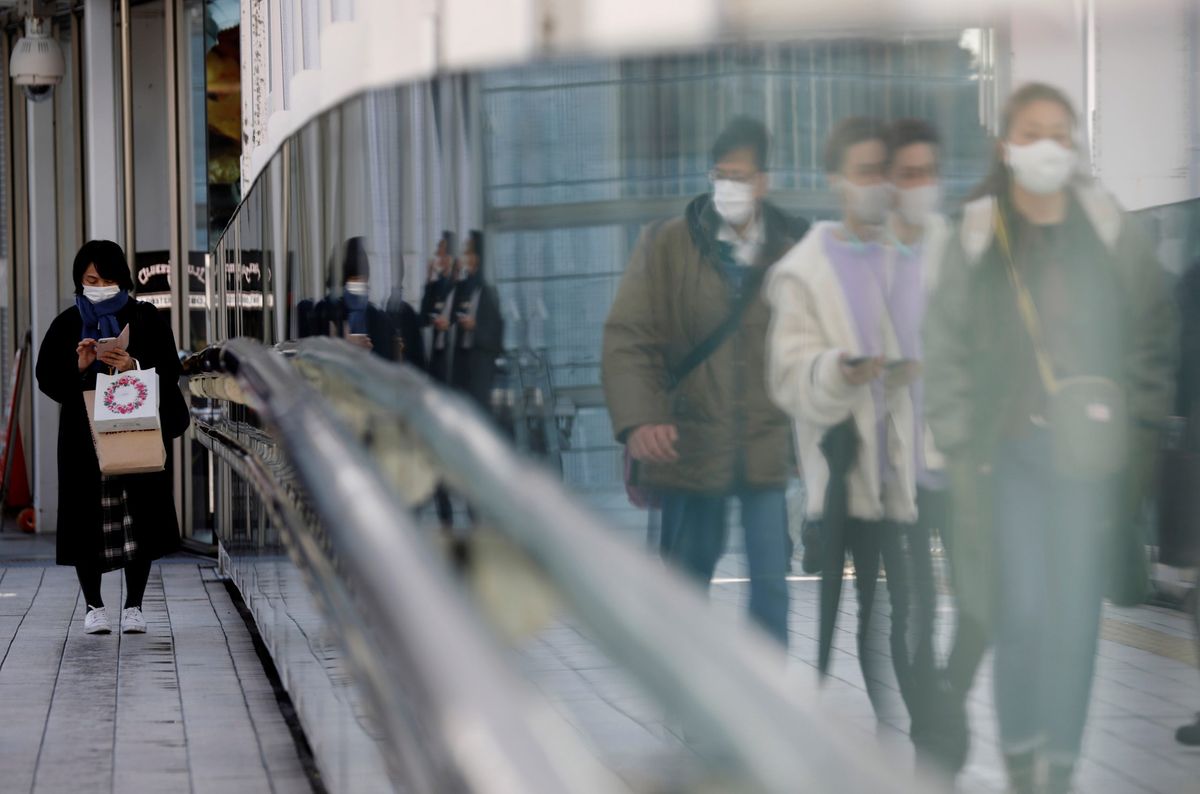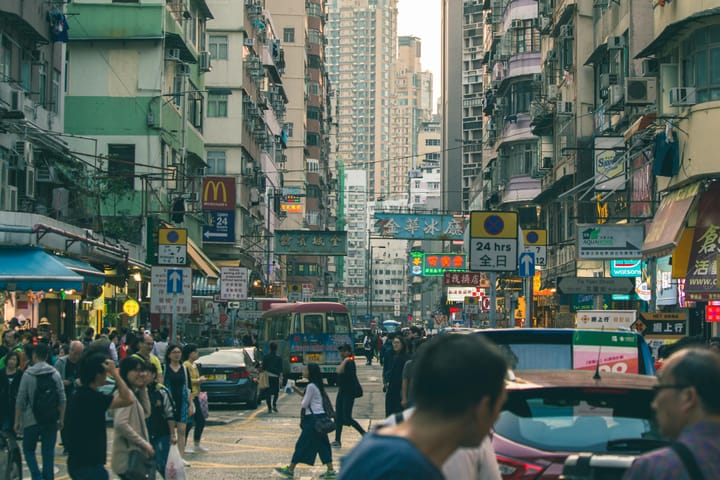The US and China’s middle class, compared

A few minutes every morning is all you need.
Stay up to date on the world's Headlines and Human Stories. It's fun, it's factual, it's fluff-free.
This is comparable to the US, which has about a 50% middle-class population. Still, some critics are worried that China will eventually have similar problems to the US.
What’s the middle class?
- We frequently hear that the middle class is shrinking, but it’s become pretty tough to figure out what the middle class actually is.
- Firstly, whether or not someone is middle-class is dependent on their country. But, globally, the middle class is considered to be individuals who can spend US$10 to US$20 per day.
- You can also think of the middle class like this: people in the middle class are not spending above their means, but they typically can’t afford the luxuries of life.
- Another reason it’s hard to define is because the definition is constantly changing.
How’s the US middle class doing?
- The Pew Research Center, a nonpartisan think tank, defines the United States middle class as households that earn between two-thirds to double the median household income. And, in 2018, the middle class was about 52% of the population.
- Since the median household income is US$61,372, that means that the middle class is considered anyone who earns between $42,000 and $126,000.
- So if you make less than US$42,000 a year, you fall into the working class, and if you make more than US$126,000, you fall into the upper-class. Easy, right?
- The problem is that it isn’t quite that simple because a country’s total median income doesn’t account for the regional differences in wealth and cost of living. And, people’s perspective of wealth largely depends on the perspective that’s created by their surrounding environment.
- “Because people tend to live in communities with similar incomes, they view themselves as being near the middle because their neighbors’ circumstances are similar to their own even if their incomes are significantly below or above the U.S. median,” says Stephen Rose in a report for the Urban Institute.
- So, simply put, it isn’t as simple as falling into a specific salary range to be considered middle-class. But, luckily, the Pew Research Center has a calculator to help people determine what class they fall in depending on multiple factors instead of just a salary.
What about China’s middle class?
- When it comes to China’s middle class, it is measured a bit differently than America.
- China determines the middle class as an individual who spends US$10 to US$50 a day. And, the country has seen significant growth in its middle class over the last few decades.
- Back in 2000, this was only considered to be 3% of the population, but in the 20 years since, this number has exploded.
- Now, 50% of the population, or 707 million people, are considered part of the middle class in China.
- This is comparable to the US, which has about a 50% middle-class population. Still, some critics are worried that China will eventually have similar problems to the US.
What problems?
- One of the biggest problems at this point, and what China will have to watch, is how to avoid what’s known as the “middle-income trap.”
- Basically, this “trap” is what countries that go from being highly impoverished to being highly middle-class tend to deal with – that it’s tough to move from the middle class to the upper class.
- There are many reasons why this is so difficult, but essentially, the tools and environment you need to get from a lower-class country to a middle-class one look drastically different from those you need to then move to the upper class.
Anything else?
- Some critics have pointed out that there is a growing wage gap between the upper class and the middle class, and as this disparity continues to grow, it will be much harder for people to move up.
- Earlier this month, the World Inequality Lab published a report that pointed out that America’s middle class has significantly more debt when compared to other Western countries.
- “One of the main differences between the two regions is that Europe has so far been able to maintain a relatively strong middle class, while in the US this group has been squeezed by an explosion of debt (particularly housing debt, which triggered the 2008 financial crisis)," the report said.
- Max Zenglein, the chief economist for the Berlin-based Mercator Institute for China Studies (MERICS), pointed out that China’s middle class will soon face very similar challenges to the US.
- “Wage growth is not strong enough to make it easy for them to afford their dreams," says Zenglein. “It’s very difficult to move upward, but there is a risk for them to move down, and that’s something new. They might be hitting a ceiling."
What’s next?
- It’s impossible to know for certain what comes next for the middle class, but economists seem to be increasingly concerned about the wage gaps between the 1% and the remaining 99%.
- Both the US and Chinese governments have aimed at the 1% to try to balance out their nation’s wage gap, with the Biden administration attempting to increase the tax rate for billionaires living in the country.
- China has also taken significant actions to rebalance wealth in the country by promoting “common prosperity” among its citizens.
- “Achieving common prosperity is not just an economic issue; it’s a major political matter bearing on the party’s foundation for rule,” President Xi told officials in January. “We cannot let an unbridgeable gulf appear between the rich and the poor.”
You drive the stories at TMS. DM us which headline you want us to explain, or email us.




Comments ()